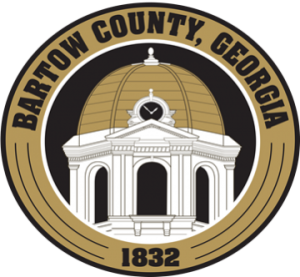Trees provide many benefits to our communities such as shade, reduced energy costs, preventing soil erosion, and filtering pollution from air and water. They also beautify our landscapes and increase property values when properly maintained. Some homeowners become concerned when trees grow large and may worry about branches that could break or fall and cause property damage.
Some people might hire a tree service to remove all the tree’s major branches, assuming this will make the trees safer. Drastic tree branch removal or “topping” is perhaps the most harmful pruning practice to the health of a tree and over time can actually make trees more dangerous. Other names for this kind of indiscriminate branch removal include heading, tipping, hat-racking, stubbing, dehorning, and rounding over.
It seems that many people have forgotten basic plant biology. Leaves are the food factories of a tree. A process known as photosynthesis allows chlorophyll (the green pigments) in the leaves to capture sunlight and convert the sun’s energy into sugars and carbohydrates that the tree needs to grow and survive. Removing all the branches of a tree is the equivalent of amputation and can literally starve a tree to death. Large, mature trees require more energy to grow and survive because of their size. Without sufficient canopy coverage to manufacture food, the tree can no longer feed itself.
Branch amputations will trigger various survival mechanisms in the tree. Dormant buds are activated, forcing rapid growth of shoots (called water sprouts) below each branch cut. If a tree does not have enough stored energy reserves to replace lost leaves as soon as possible, it will be seriously weakened and will begin to decline. A stressed tree with large stub cuts is more susceptible to wood decay, insects, and disease infestations. The tree may lack sufficient energy to defend the open wounds against infestation, and some insects are actually attracted to the chemical signals released by stressed or wounded trees.
Tree topping harms trees, shortens their lives, and ironically creates hazardous trees that are even more likely to drop branches in the future. Any new, fast growing sprouts are weakly attached to the branch stubs, which are often decayed because the tree is unable to compartmentalize and seal off the large open wounds. The upright angle of these water sprouts also causes them to break easily in wind, ice, or snowstorms.

If the tree survives long enough for these water sprouts to grow large, they will not have branch collars to provide strong attachments. Branch collars are the interweaving of trunk and branch wood that embeds naturally growing branches. In fact, the larger water sprouts become, the greater the potential hazard of breaking.
Early in the tree’s life, proper pruning practices that involve selectively thinning the canopy can reduce wind loading and future damage. Many people top their trees because they think it will make them safer; however, trees that survive this extreme pruning will become even more dangerous with time. Because topping is considered an unacceptable pruning practice, any damage caused by branch failures of a topped tree may lead to a finding of negligence in a court of law.
Topped trees are ugly and lose their natural, majestic look. The natural form and appearance that took many years for the tree to grow can be permanently destroyed in just a few hours by an unprofessional tree service. Informed consumers should consider hiring a professionally trained, ISA Certified Arborist whenever they need any pruning or maintenance performed on high value, irreplaceable trees in their landscape. A directory of ISA certified arborists is available online at treesaregood.org.
Paul Pugliese is the Extension Coordinator and Agricultural & Natural Resources Agent for Bartow County Cooperative Extension, a partnership of The University of Georgia, The U.S. Department of Agriculture, and Bartow County. For more information and free farm, lawn, or garden publications, call (770) 387-5142 or visit our local website at extension.uga.edu/bartow.
